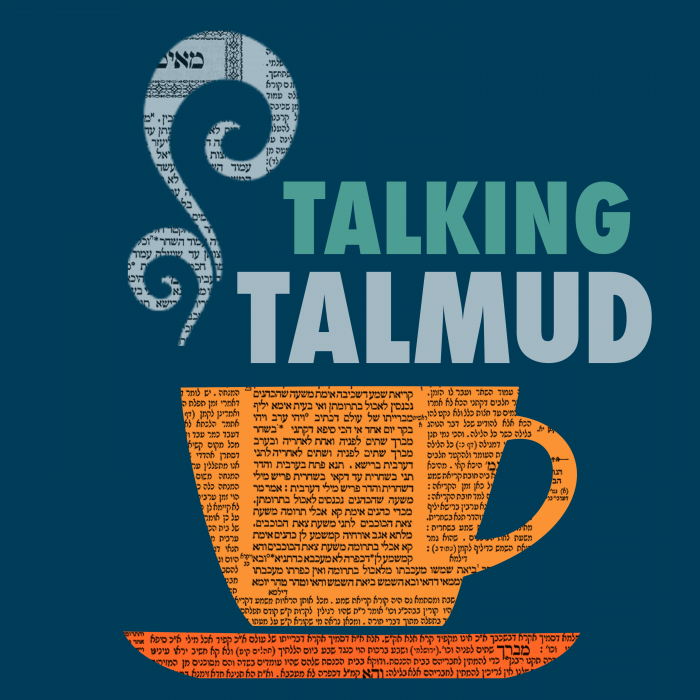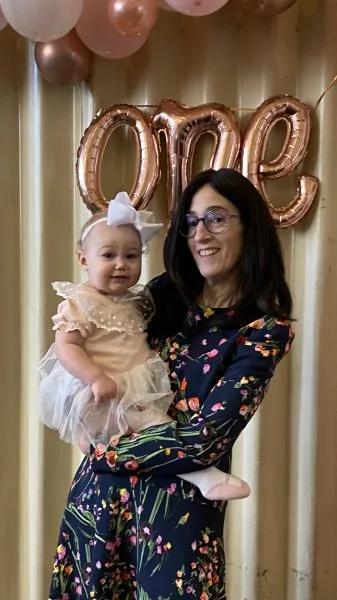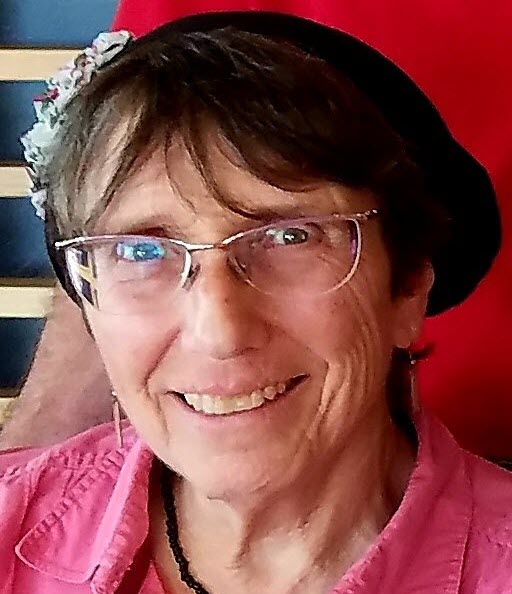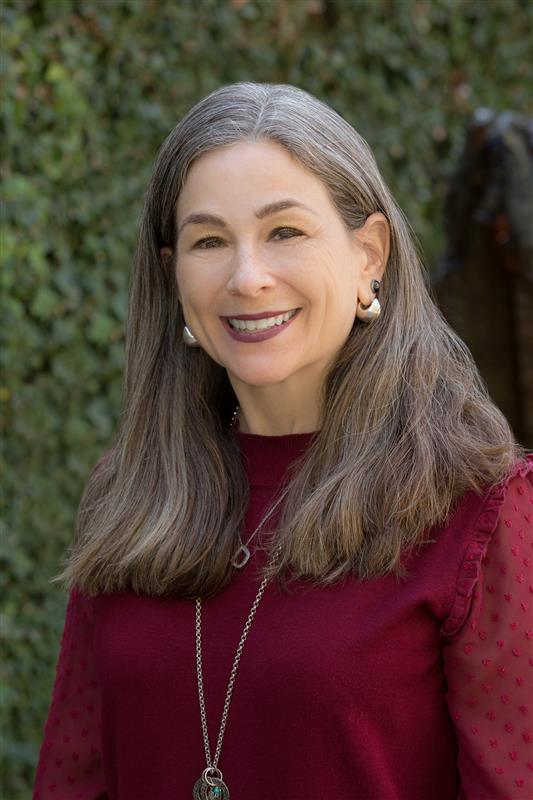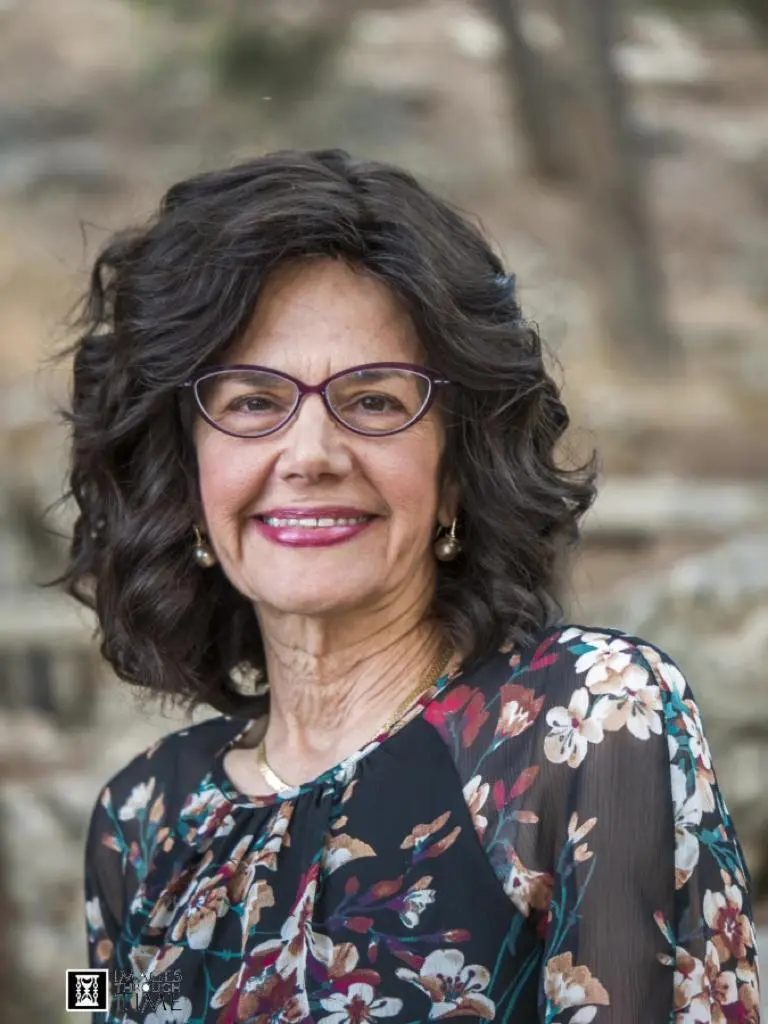Shabbat 26
לֵימָא מָר: מִפְּנֵי שֶׁהוּא עָף. חֲדָא וְעוֹד קָאָמַר: חֲדָא — מִפְּנֵי שֶׁהוּא עָף. וְעוֹד — גְּזֵירָה שֶׁמָּא יִסְתַּפֵּק מִמֶּנּוּ.
Let the Master say a different reason: Because tar is volatile, i.e., it is liable to evaporate quickly and cause a fire. The Gemara answers: He stated one reason and another: One, because it is volatile and potentially dangerous; and, furthermore, due to a decree lest one take sap from it.
הַהִיא חֲמָתָא דַּהֲוָת סָנְיָא לַהּ לְכַלְּתַהּ, אֲמַרָה לַהּ: זִיל אִיקַּשַּׁיט בְּמִשְׁחָא דַּאֲפַרְסְמָא. אֲזַלָא אִיקַּשַּׁיט. כִּי אֲתַא[י] אֲמַרָה לַהּ: זִיל אִיתְלַי שְׁרָגָא. אֲזַלָא אַתְלָא שְׁרָגָא. אִינְּפַח בַּהּ נוּרָא וַאֲכַלְתַּהּ.
The Gemara relates: A mother-in-law who hated her daughter-in-law said to her: Go adorn yourself with balsam oil. She went and adorned herself. When she came, her mother-in-law said to her: Go light the lamp. She went and lit the lamp. She caught fire and was burned.
״וּמִדַּלַּת הָאָרֶץ הִשְׁאִיר נְבוּזַרְאֲדָן רַב טַבָּחִים לְכוֹרְמִים וּלְיוֹגְבִים״. ״כּוֹרְמִים״ — תָּנֵי רַב יוֹסֵף אֵלּוּ מְלַקְּטֵי אֲפַרְסְמוֹן מֵעֵין גֶּדִי וְעַד רָמְתָא. ״יוֹגְבִים״ — אֵלּוּ צַיָּידֵי חִלָּזוֹן מִסּוּלָּמוֹת שֶׁל צוּר וְעַד חֵיפָה.
Since balsam oil was discussed, the Gemara cites the verse: “But Nebuzaradan the captain of the guard left of the poorest of the land to be vinedressers and husbandmen” (Jeremiah 52:16). The Gemara explains the verse: With regard to vinedressers, Rav Yosef taught: These poorest of the land were the balsam collectors in the south of Eretz Yisrael, in the expanse from Ein Gedi to Ramata. And the husbandmen; these are the trappers of the snail [ḥilazon], from which the sky blue dye is produced in the north of the country, in the area between the Promontory of Tyre and Ḥaifa. Only a small number of poor people could barely eke out a living from these tasks, which involved mere gathering.
תָּנוּ רַבָּנַן: אֵין מַדְלִיקִין בְּטֶבֶל טָמֵא בַּחוֹל, וְאֵין צָרִיךְ לוֹמַר בְּשַׁבָּת. כַּיּוֹצֵא בוֹ: אֵין מַדְלִיקִין בְּנֵפְטְ לָבָן בַּחוֹל, וְאֵין צָרִיךְ לוֹמַר בְּשַׁבָּת. בִּשְׁלָמָא נֵפְטְ לָבָן — מִפְּנֵי שֶׁהוּא עָף, אֲבָל טֶבֶל טָמֵא מַאי טַעְמָא?
The Sages taught: One may not light with ritually impure untithed produce [tevel] during the week, and needless to say one may not light with it on Shabbat. On a similar note, one may not light with white naphtha during the week, and needless to say one may not light with it on Shabbat. Granted, with regard to white naphtha, its prohibition is understandable because it is volatile and potentially dangerous. However, with regard to ritually impure tevel, what is the reason that the Sages prohibited lighting with it?
אָמַר קְרָא: ״וַאֲנִי הִנֵּה נָתַתִּי לְךָ אֶת מִשְׁמֶרֶת תְּרוּמוֹתָי״, בִּשְׁתֵּי תְרוּמוֹת הַכָּתוּב מְדַבֵּר: אַחַת תְּרוּמָה טְהוֹרָה וְאַחַת תְּרוּמָה טְמֵאָה. מָה תְּרוּמָה טְהוֹרָה אֵין לְךָ בָּהּ אֶלָּא מִשְּׁעַת הֲרָמָה וְאֵילָךְ, אַף תְּרוּמָה טְמֵאָה אֵין לְךָ בָּהּ אֶלָּא מִשְּׁעַת הֲרָמָה וְאֵילָךְ.
The Gemara answers that the verse said: “And I, behold, I have given you the charge of My terumot” (Numbers 18:8). From the fact that terumot is plural, the Sages derived that the verse is speaking of two terumot: Both teruma that is ritually pure and teruma that is ritually impure. Just as with regard to teruma that is ritually pure, you, the priest, have permission to benefit from it only from the time teruma was separated and onward, so too, with regard to teruma that is ritually impure, you have permission to benefit from it only from the time teruma was separated and onward. Since a portion of the untithed produce is teruma that has not yet been separated, it is prohibited even for a priest to use it.
גּוּפָא. רַבִּי שִׁמְעוֹן בֶּן אֶלְעָזָר אוֹמֵר: אֵין מַדְלִיקִין בִּצְרִי, וְכֵן הָיָה רַבִּי שִׁמְעוֹן בֶּן אֶלְעָזָר אוֹמֵר: צֳרִי אֵינוֹ אֶלָּא שְׂרָף מֵעֲצֵי הַקְּטָף. רַבִּי יִשְׁמָעֵאל אוֹמֵר: כׇּל הַיּוֹצֵא מִן הָעֵץ אֵין מַדְלִיקִין בּוֹ. רַבִּי יִשְׁמָעֵאל בֶּן בְּרוֹקָה אוֹמֵר: אֵין מַדְלִיקִין אֶלָּא בַּיּוֹצֵא מִן הַפְּרִי. רַבִּי טַרְפוֹן אוֹמֵר: אֵין מַדְלִיקִין אֶלָּא בְּשֶׁמֶן זַיִת בִּלְבַד.
The Gemara proceeds to discuss the matter of the Tosefta itself, the case of lighting with sap from balsam trees on Shabbat. Rabbi Shimon ben Elazar says: One may not light with tzori on Shabbat. And Rabbi Shimon ben Elazar would also say: Tzori, which is one of the component spices of the incense in the Temple, is merely the sap that emerges from balsam trees, and is not part of the balsam tree itself. Rabbi Yishmael says: Anything that originates from the tree, one may not light with it; only materials that do not come from trees may be used. Rabbi Yishmael ben Beroka says: One may only light with a substance that emerges from the fruit. Rabbi Tarfon says: One may only light with olive oil alone.
עָמַד רַבִּי יוֹחָנָן בֶּן נוּרִי עַל רַגְלָיו וְאָמַר: מַה יַּעֲשׂוּ אַנְשֵׁי בָבֶל שֶׁאֵין לָהֶם אֶלָּא שֶׁמֶן שׁוּמְשְׁמִין? וּמַה יַּעֲשׂוּ אַנְשֵׁי מָדַי שֶׁאֵין לָהֶם אֶלָּא שֶׁמֶן אֱגוֹזִים? וּמַה יַּעֲשׂוּ אַנְשֵׁי אֲלֶכְּסַנְדְּרִיָּא שֶׁאֵין לָהֶם אֶלָּא שֶׁמֶן צְנוֹנוֹת? וּמַה יַּעֲשׂוּ אַנְשֵׁי קַפּוֹטְקִיָּא שֶׁאֵין לָהֶם לֹא כָּךְ וְלֹא כָּךְ, אֶלָּא נֵפְטְ? — אֶלָּא אֵין לְךָ אֶלָּא מַה שֶּׁאָמְרוּ חֲכָמִים אֵין מַדְלִיקִין.
The Gemara relates: Rabbi Yoḥanan ben Nuri stood on his feet and, contrary to this statement, said: And what shall the people of Babylonia, who have only sesame oil, do? And what shall the people of Media, who have only nut oil, do? And what shall the people of Alexandria, who have only radish oil, do? And what shall the people of Cappadocia, who have neither this nor that but only naphtha, do? Rather, you have a prohibition only with regard to those substances with regard to which the Sages said: One may not light with them. All other oils are permitted.
וּמַדְלִיקִין בְּשֶׁמֶן דָּגִים וּבְעִטְרָן. רַבִּי שִׁמְעוֹן שֵׁזוּרִי אוֹמֵר: מַדְלִיקִין בְּשֶׁמֶן פַּקּוּעוֹת וּבְנֵפְטְ. סוֹמְכוֹס אוֹמֵר: כׇּל הַיּוֹצֵא מִן הַבָּשָׂר אֵין מַדְלִיקִין בּוֹ, אֶלָּא בְּשֶׁמֶן דָּגִים. סוֹמְכוֹס הַיְינוּ תַּנָּא קַמָּא? אִיכָּא בֵּינַיְיהוּ דְּרַב בְּרוֹנָא אָמַר רַב, וְלָא מְסַיְּימִי.
And one may light with fish oil and tar. Rabbi Shimon Shezuri says: One may light with gourd oil and naphtha. Sumakhos says: Among the substances that emerge from the flesh of living beings, one may light only with fish oil. The Gemara asks: The opinion of Sumakhos is identical to the opinion of the first tanna, who also permits lighting with fish oil. The Gemara answers: There is a practical difference between them with regard to what Rav Beruna said that Rav said: One is permitted to use molten fat to which oil was added for lighting. They disagree with regard to this halakha; however, their opinions are not defined and it is unclear which of them permits using it and which prohibits using it.
תַּנְיָא, רַבִּי שִׁמְעוֹן בֶּן אֶלְעָזָר אוֹמֵר: כׇּל הַיּוֹצֵא מִן הָעֵץ אֵין בּוֹ מִשּׁוּם שָׁלֹשׁ עַל שָׁלֹשׁ, וּמְסַכְּכִין בּוֹ — חוּץ מִפִּשְׁתָּן. אָמַר אַבָּיֵי:
It was taught in a baraita that Rabbi Shimon ben Elazar says: Anything that emerges from the tree does not have the legal status of an area of three by three fingerbreadths. Even if it is three by three fingerbreadths, it is not considered sufficiently large to become ritually impure. And, therefore, one may roof his sukka with it, as the roofing of his sukka may not be made from any material that can become ritually impure. This is the case for everything that originates from a tree with the exception of linen, which has a unique legal status. Abaye said:
רַבִּי שִׁמְעוֹן בֶּן אֶלְעָזָר וְתַנָּא דְּבֵי רַבִּי יִשְׁמָעֵאל אָמְרוּ דָּבָר אֶחָד. רַבִּי שִׁמְעוֹן בֶּן אֶלְעָזָר — הָא דַּאֲמַרַן. תַּנָּא דְּבֵי רַבִּי יִשְׁמָעֵאל מַאי הִיא? — דְּתָנֵי דְּבֵי רַבִּי יִשְׁמָעֵאל: הוֹאִיל וְנֶאֶמְרוּ ״בְּגָדִים״ בַּתּוֹרָה סְתָם, וּפָרַט לְךָ הַכָּתוּב בְּאֶחָד מֵהֶן צֶמֶר וּפִשְׁתִּים. מַה לְּהַלָּן צֶמֶר וּפִשְׁתִּים, אַף כֹּל צֶמֶר וּפִשְׁתִּים.
Rabbi Shimon ben Elazar and the tanna of the school of Rabbi Yishmael essentially said the same thing, even though they said it in different ways. The Gemara elaborates: The statement of Rabbi Shimon ben Elazar is that which we said: The only fabrics woven from plant materials that are considered bona fide fabrics are those made of linen. What is the statement of the tanna from the school of Rabbi Yishmael? As it was taught in the school of Rabbi Yishmael: Since the word garments is stated in the Torah unmodified, without stating from what materials those garments were made, and the verse specified in one of its references to garments, in the halakhot of ritual impurity of leprosy, wool and linen: “And the garment in which there will be the plague of leprosy, whether it be a woolen garment, or a linen garment” (Leviticus 13:47), the conclusion can be drawn: Just as below, when it mentions a garment in the case of leprosy, the Torah is referring to one made of wool or linen, so too, all garments mentioned in the Torah are those made from wool or linen. Other fabrics are not classified as garments.
רָבָא אָמַר: שְׁלֹשָׁה עַל שְׁלֹשָׁה בִּשְׁאָר בְּגָדִים אִיכָּא בֵּינַיְיהוּ. דְּרַבִּי שִׁמְעוֹן בֶּן אֶלְעָזָר — אִית לֵיהּ. לְתַנָּא דְּבֵי רַבִּי יִשְׁמָעֵאל — לֵית לֵיהּ.
In contrast to Abaye, who viewed the opinions expressed by Rabbi Shimon ben Elazar and the tanna of the school of Rabbi Yishmael as expressing the same idea, Rava said that the two opinions are not identical. There is a difference between them when the cloth is three by three handbreadths, with regard to other garments that are neither wool nor linen. As Rabbi Shimon ben Elazar says explicitly: If it is less than three by three fingerbreadths, indicating that he is of the opinion that a cloth that is three by three handbreadths that is suitable for use even by wealthy people can become ritually impure. In his opinion, the uniqueness of linen fabric is not that it can become ritually impure, but rather that a linen rag, even if it is very small, can become ritually impure. The tanna of the school of Rabbi Yishmael is not of the opinion that other garments can become ritually impure.
דְּכוּלֵּי עָלְמָא מִיהַת שָׁלֹשׁ עַל שָׁלֹשׁ בְּצֶמֶר וּפִשְׁתִּים מִיטַּמֵּא בִּנְגָעִים. מְנָלַן? דְּתַנְיָא: ״בֶּגֶד״ אֵין לִי אֶלָּא בֶּגֶד, שָׁלֹשׁ עַל שָׁלֹשׁ מִנַּיִן? — תַּלְמוּד לוֹמַר: ״וְהַבֶּגֶד״. וְאֵימָא לְרַבּוֹת שְׁלֹשָׁה עַל שְׁלֹשָׁה? לָאו קַל וָחוֹמֶר הוּא? הַשְׁתָּא שְׁתִי וָעֵרֶב מִיטַּמֵּא, שְׁלֹשָׁה עַל שְׁלֹשָׁה מִיבַּעְיָא?!
In any case, based on the above, everyone agrees that, clearly, three by three fingerbreadths in a wool or linen garment can become ritually impure with the impurity of leprosy. The Gemara asks: From where do we derive this? The Gemara responds that it is derived as it was taught in a baraita with regard to this matter. When the Torah states: Garment, unmodified, I have derived that nothing other than a whole garment can become ritually impure. However, with regard to a cloth that is three by three fingerbreadths, from where do I derive that it is also included in this halakha? The verse states: “And the garment in which there will be the plague of leprosy” (Leviticus 13:47). From the addition of the word: And the garment [vehabeged], it is derived that all woven swatches are subsumed within the category of garment in this matter. The Gemara asks: And perhaps say that it comes to include a woven garment that is three by three handbreadths? The Gemara answers: That is inconceivable. Is that not derived through an a fortiori inference? As, now, even the threads of the warp or the threads of the woof can become ritually impure, is it necessary to mention that a cloth three by three handbreadths can become ritually impure as well? A garment that is three by three handbreadths is comprised of several warp and woof threads that can themselves become ritually impure.
אִי הָכִי, שָׁלֹשׁ עַל שָׁלֹשׁ נָמֵי לֵיתֵי בְּקַל וָחוֹמֶר! אֶלָּא: שְׁלֹשָׁה עַל שְׁלֹשָׁה, דַּחֲזוּ בֵּין לַעֲשִׁירִים בֵּין לַעֲנִיִּים — אָתֵי בְּקַל וָחוֹמֶר. שָׁלֹשׁ עַל שָׁלֹשׁ, לַעֲנִיִּים הוּא דְּחַזְיָין לַעֲשִׁירִים לָא חַזְיָין — לָא אָתֵי בְּקַל וָחוֹמֶר. טַעְמָא דְּכַתְבֵיהּ קְרָא, הָא לָא כַּתְבֵיהּ קְרָא — לָא גָּמְרִינַן בְּקַל וָחוֹמֶר.
The Gemara rejects this: If so, then let us also derive a cloth that is three by three fingerbreadths through the same a fortiori inference from the warp and woof threads. Rather, it must be that this a fortiori inference is flawed. Threads woven into fabric do not maintain their previous status as they are no longer suitable to be used as warp and woof threads. Rather, cloths that are three by three handbreadths, which are suitable for use by both the wealthy and the poor as they are multipurpose cloths, can be derived through an a fortiori inference, as they are certainly more significant than the warp and woof threads and they become ritually impure. However, cloths that are three by three fingerbreadths, which are suitable for use by the poor but are unsuitable for use by the wealthy, are not derived through an a fortiori inference. Therefore, the reason that they can become ritually impure is specifically because it was written in the Torah. Had it not been written in the Torah, we would not derive it through an a fortiori inference.
וְאֵימָא לְרַבּוֹת שְׁלֹשָׁה עַל שְׁלֹשָׁה בִּשְׁאָר בְּגָדִים? אָמַר קְרָא: ״בֶּגֶד צֶמֶר וּפִשְׁתִּים״. בֶּגֶד צֶמֶר וּפִשְׁתִּים — אִין, מִידֵּי אַחֲרִינֵי — לָא. וְאֵימָא כִּי אִימַּעוּט מִשָּׁלֹשׁ עַל שָׁלֹשׁ, אֲבָל שְׁלֹשָׁה עַל שְׁלֹשָׁה — מִיטַּמֵּא! תְּרֵי מִיעוּטֵי כְּתִיבִי: ״בֶּגֶד צֶמֶר אוֹ [בְּבֶגֶד] פִּשְׁתִּים״ — חַד לְמַעוֹטֵי מִשָּׁלֹשׁ עַל שָׁלֹשׁ, וְחַד לְמַעוֹטֵי מִשְּׁלֹשָׁה עַל שְׁלֹשָׁה.
The Gemara also asks: Indeed, there is amplification in the Torah, derived from the term: And the garment, which is a generalization that comes to expand upon the details that follow. And say that it comes to include the ruling that cloth that is three by three handbreadths in garments made of materials other than wool or linen can become ritually impure. The Gemara answers: That is inconceivable. The verse said: A garment of wool or linen, indicating that a garment made of wool or linen, yes, it becomes ritually impure; a garment made of other materials, no, it does not become ritually impure. The Gemara asks: And say that when the verse excluded, it excluded specifically a garment that is three by three fingerbreadths; however, a garment that is three by three handbreadths can become ritually impure. The Gemara replies: Two exclusions are written; once it is stated: “A garment of wool or linen” (Leviticus 13:59), and it is also stated: “Whether it be a woolen garment, or a linen garment” (Leviticus 13:47). One verse comes to exclude cloth of three by three fingerbreadths, and one verse comes to exclude cloth of three by three handbreadths, to emphasize that a garment made of a material that is neither wool nor linen cannot become ritually impure at all. This corresponds to Abaye’s opinion that garments not made of wool or linen cannot become ritually impure.
וּלְרָבָא דְּאָמַר שְׁלֹשָׁה עַל שְׁלֹשָׁה בִּשְׁאָר בְּגָדִים אִיכָּא בֵּינַיְיהוּ, לְרַבִּי שִׁמְעוֹן בֶּן אֶלְעָזָר אִית לֵיהּ, לְתַנָּא דְּבֵי רַבִּי יִשְׁמָעֵאל לֵית לֵיהּ — שְׁלֹשָׁה עַל שְׁלֹשָׁה בִּשְׁאָר בְּגָדִים
The Gemara asks: And according to the opinion of Rava, who said that the practical difference between the two opinions is with regard to cloth three by three handbreadths in other garments, that Rabbi Shimon ben Elazar is of the opinion that they can become ritually impure, whereas the tanna of the school of Rabbi Yishmael is not of the opinion that they can become ritually impure, in the case of a cloth that is three by three handbreadths in other garments,






